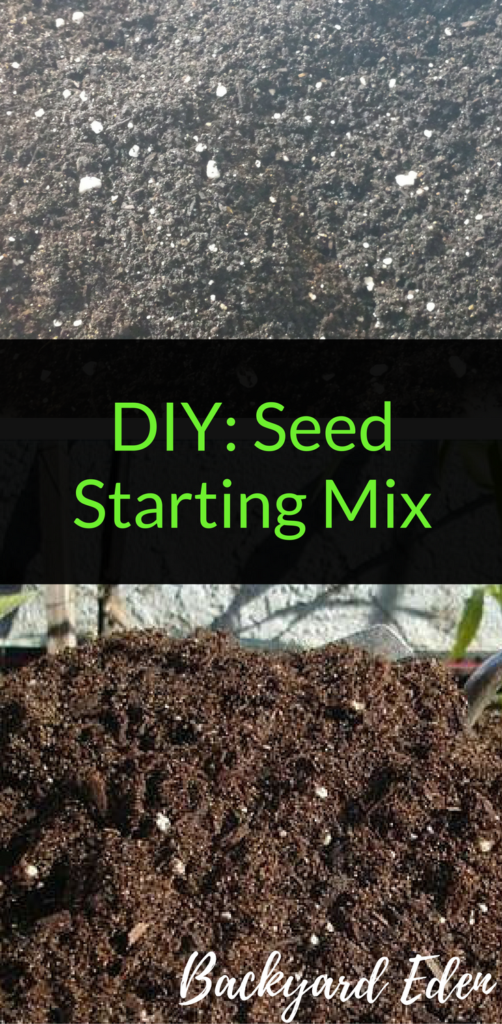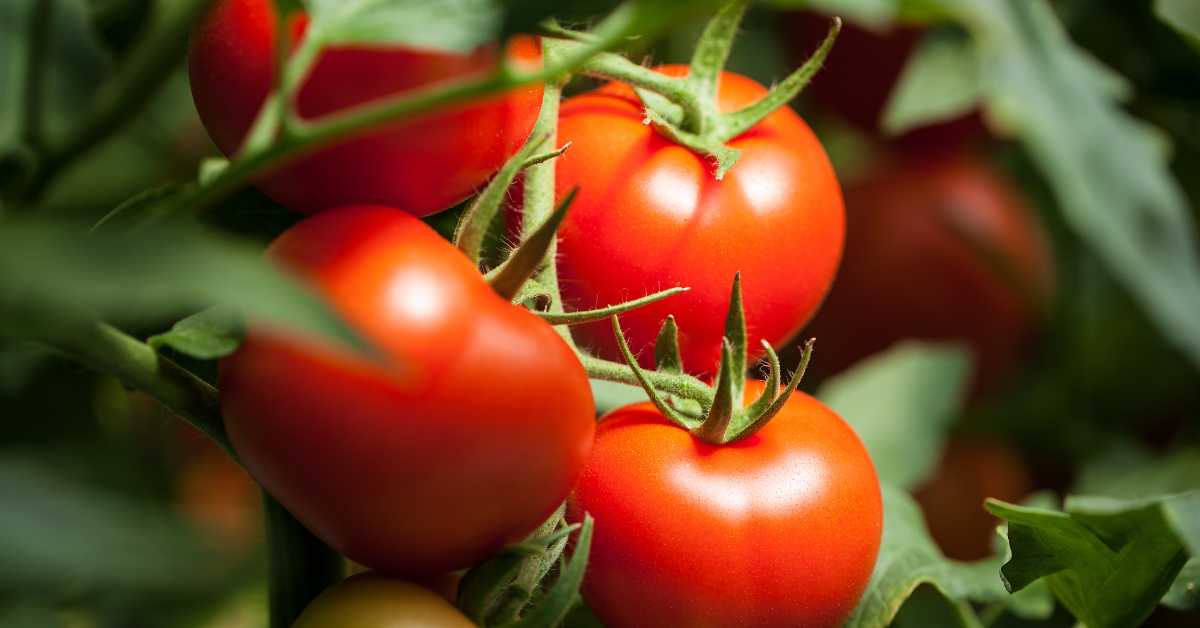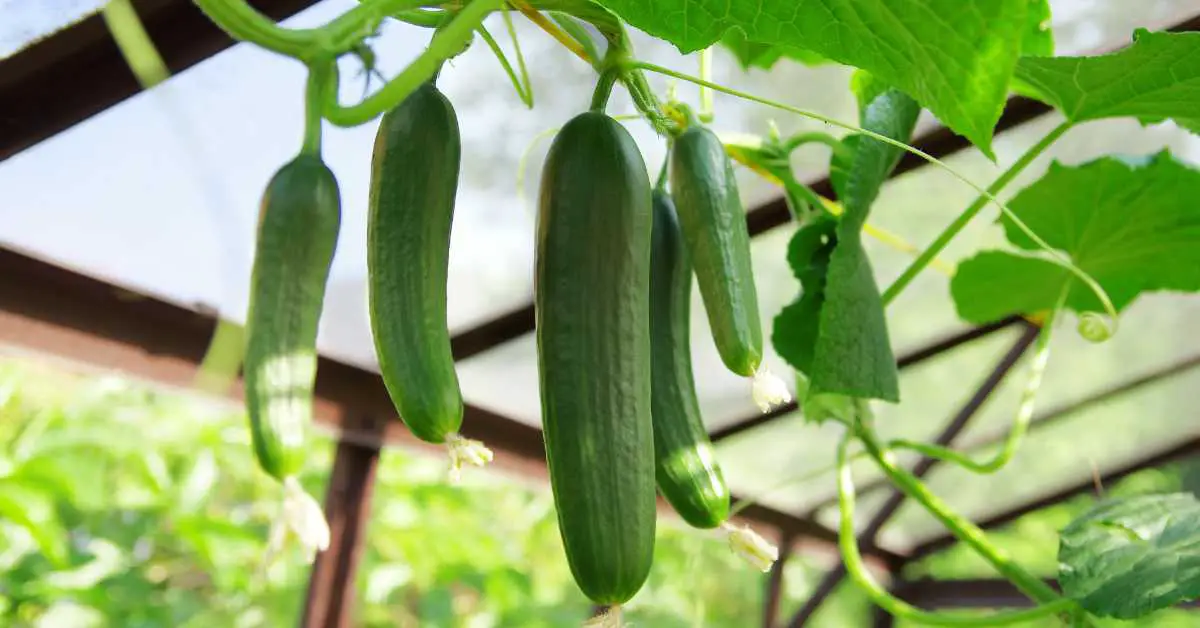Seed Starting Mix
Starting plants from seed is fun, and it’s also a huge money saver. When I talk about starting seeds indoors, one of the first questions new gardeners ask me is about the best seed starting mix to use. This is a very important question, because the type of soil you use to start your seeds really can make a huge difference!
It’s time to start seeds for your vegetable garden.
Now, you have to take a trip to your local big box store or nursery to get your gardening supplies. You need to buy seeds, seed starting supplies and soil to start them in. There are a ton of different bag soils available but they cost a ton of money.
Why not make t yourself?
We have the perfect seed starting mix for the job. It is simple to make!
Seed Starting Mix
3 parts screened compost
Equal Parts:
Worm Castings
Perlite (available at most garden centers)
Vermiculite (available at most garden centers)
2 parts coir (coconut fiber)
Just mix the ingredients together. Make sure to pre-moisten it before using it to start seeds.
This mix is the right blend of water retention and drainage to give your seedlings the best chance of survival.
Tip: To check the water retention, you grab a handful of the moist mix and squeeze it. The soil should clump together but break away freely and should not be dripping water.
You can find more detailed instructions for starting seeds click here!
If you like this article seed starting mix, please share it on social media and with friends. For all the latest recipes, container gardening tips and growing guides subscribe to our newsletter in sidebar.
Also, check out our article on What is container gardening? or Best Herbs to Grow!
Be sure to Like us on Facebook and Follow us on Instagram, Twitter, and Pinterest!






